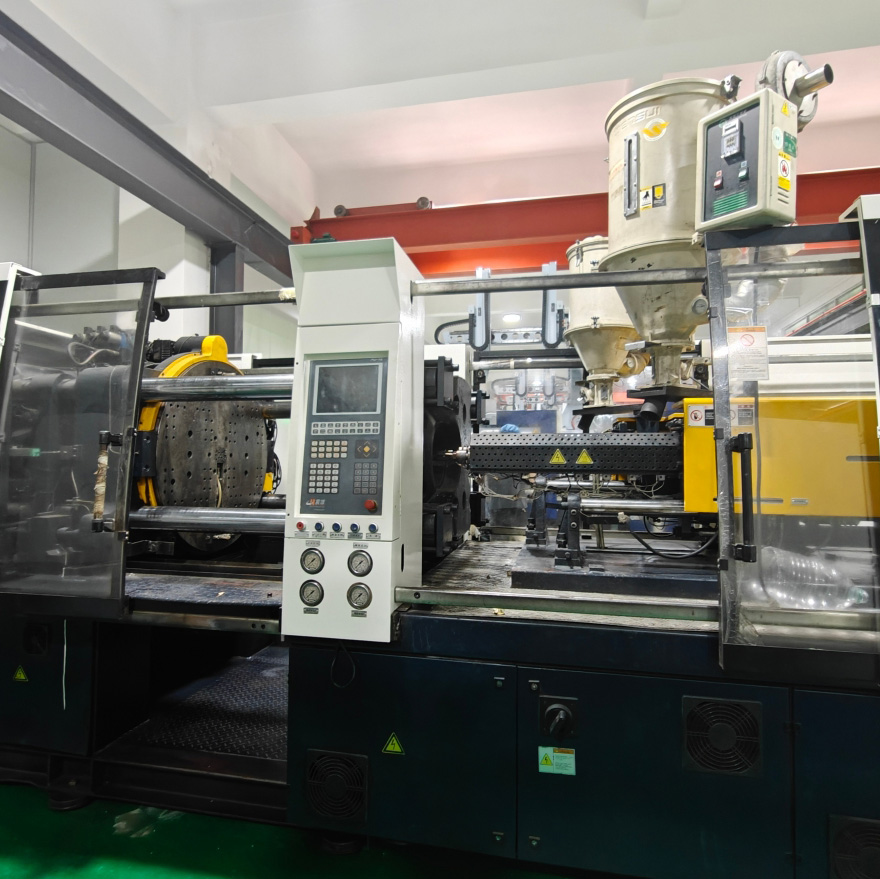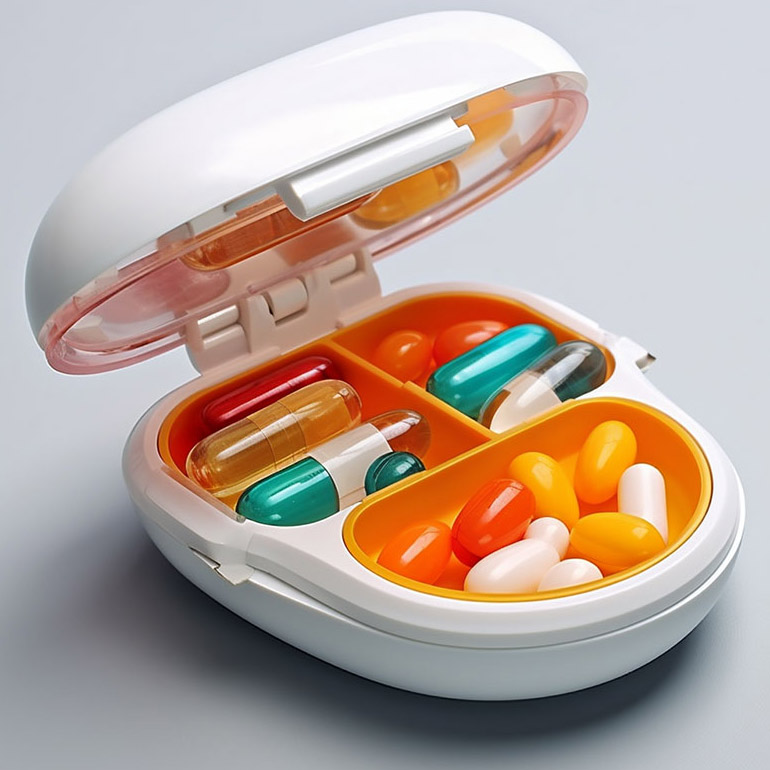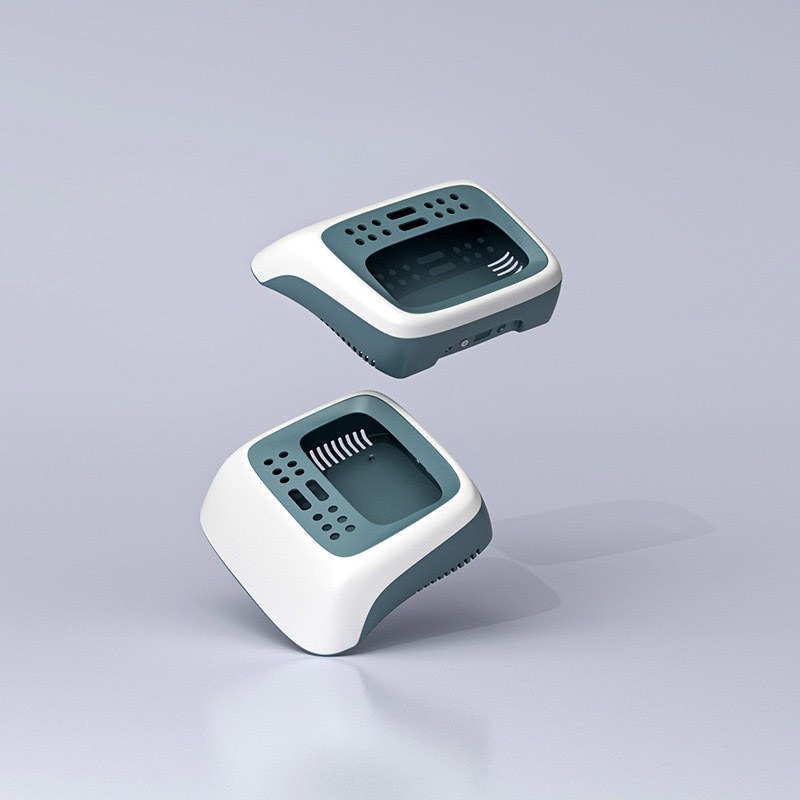Injection-molded water bottles are highly standardized products in modern industry, and every link of their production process must adhere to strict technical specifications. Based on industry-wide general technical standards and production practices, this article examines the core processes of injection-molded water bottle production from the perspectives of technical principles, parameter settings, and quality control, providing an objective reference for purchasers and technical practitioners.
I. Mold Design and Precision Control: The Scientific Foundation of the Sealing Structure
The mold is the core carrier of the injection-molding process. Its design needs to take into account functionality, production efficiency, and cost control.
1. Optimization of the Parting Surface and Runner
Simulate the melt flow path through mold flow analysis software (such as Moldflow) to reduce the risk of leakage caused by weld lines. Research shows that for every 10% increase in the cross-sectional area of the runner, the filling time can be shortened by approximately 15%.
2. Thread Fit Precision
The stepped thread design, combined with a mold processing tolerance of 0.05mm, can meet the airtightness test standards (for example, maintaining a negative pressure of 0.08MPa for 30 seconds without leakage).
3. Temperature Equalization Design
The mold is equipped with multiple independent cooling circuits, and the temperature difference is controlled within ±2°C to avoid deformation problems caused by uneven shrinkage. This technology has been widely used in the production of food-grade water bottles.
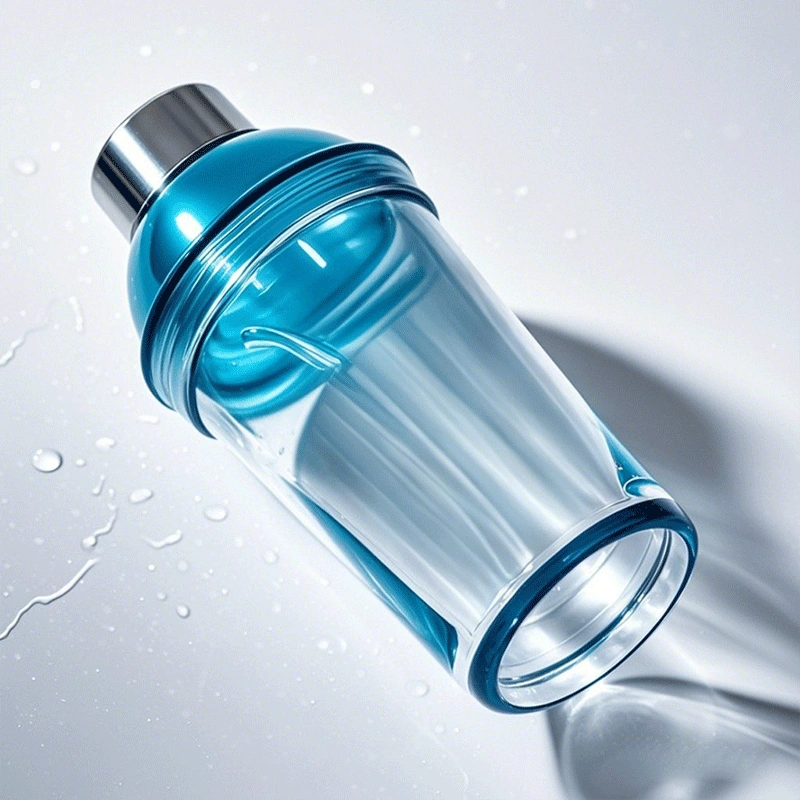
II. Material Selection and Performance Verification: Dual Considerations of Safety and Durability
The performance of plastic raw materials directly affects the final quality of the product, and it must pass multiple international certifications and laboratory tests.
Comparison of Mainstream Materials
PP (Polypropylene): It can withstand temperatures up to 120°C, complies with FDA certification, and has an impact resistance strength of 86.8 MPa, making it suitable for microwave oven use.
PET: It has obvious lightweight advantages, but its temperature resistance is limited to 70°C, and it is primarily used for disposable water bottles.
Additive Management
The addition ratio of non-migratory color masterbatches and antioxidants (such as Irganox 1010) should be controlled between 0.5% and 1% to prevent any impact on food safety.
Recycling Material Limitations
The industry generally requires that the addition ratio of recycled PP be ≤10% to ensure that material strength and hygiene indicators meet the standards.
III. Optimization of Injection-Molding Parameters: A Systems Engineering Approach to Balance Efficiency and Quality
The precise control of process parameters must be combined with the performance of the equipment and the characteristics of the materials. Common technical indicators include:
Temperature Gradient Control
The barrel is heated in sections (with a gradient increase from 180-240°C) to prevent material degradation.
The mold temperature ranges from 20°C to 60°C. If it is too high, the cooling time will be prolonged, affecting production efficiency.
Pressure and Speed Matching
The injection pressure ranges from 80 to 140 MPa. For thin-walled parts, it needs to be increased to 180MPa to ensure complete filling.
The back pressure ranges from 5 to 20 MPa, which can effectively remove melt bubbles. However, if it is too high, the plasticizing efficiency will be reduced.
Production Cycle Control
The typical injection-molding cycle lasts 15-30 seconds, with cooling time accounting for approximately 60% of the total cycle time.
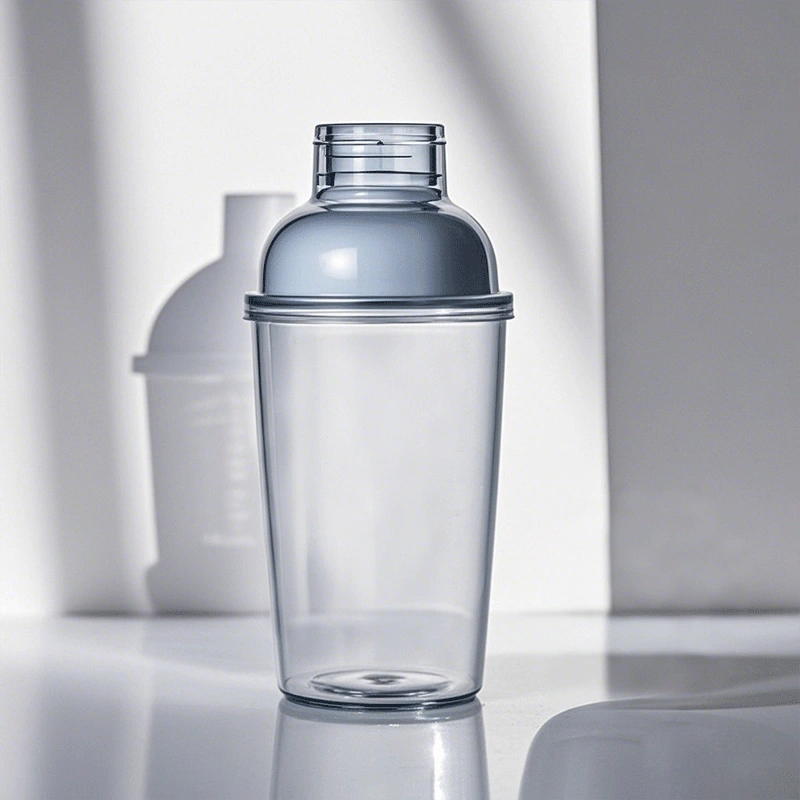
IV. Post-Processing Technology: A Key Link for Functional Enhancement
Post-processing after molding directly affects the user experience and product lifespan, and it must adhere to quantifiable inspection standards.
Surface Treatment Technology
The ultrasonic deburring technology can control the roughness of the cup mouth to Ra ≤ 0.8 μm.
The two-color injection molding process achieves a double-layer structure through a rotating core mold, enhancing heat insulation performance by 30%.
Sealing Performance Detection
The underwater pressure-testing method (maintaining a pressure of 0.1MPa for 1 minute) is used, and the factory-out qualification rate needs to be ≥99.5%.
Durability Testing
Simulate extreme scenarios, such as dropping from a height of 1.2m and thermal cycling from -20°C to 100°C, to ensure a service life of ≥3 years.
V. Quality Control System: Full-Link Traceability from Raw Materials to Finished Products
1. Raw Material Inspection
Use a melt flow rate instrument (MFR) to test fluidity and an infrared spectrometer (FTIR) to verify the consistency of components.
2. Process Monitoring
Online sensors collect pressure and temperature data of the injection-molding machine in real-time. An alarm will be triggered if the fluctuation exceeds ±5%.
3. Environmental Protection Compliance
Pass certifications such as ROHS and REACH. The proportion of bio-based PP materials used is gradually increasing to 15%.
Technological Development Trends and Industry Challenges
The current injection-molded water bottle process is facing two major transformations:
1. Intelligent Upgrading: The AI-based parameter optimization system can increase the yield by 5%-8%, but the equipment transformation cost is relatively high.
2. Exploration of Environmental Protection: The industrial application of degradable additives (such as PLA) is still limited by the balance between cost and performance.
Explanation of Technical Data Sources
The process parameters involved in this article refer to the “Plastic Water Bottle Molding Process” (GB/T 18006.1-202X), technical white papers of the Society of Plastics Engineers (SPE), and public reports from third-party testing institutions.
For professional injection molding plastic parts manufacturing including water bottles, consult with our experienced injection molding manufacturer. Our plastic injection molding service ensures strict quality control throughout the production process.
